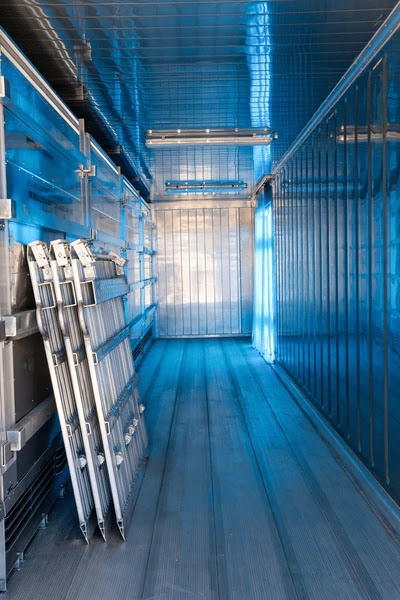Why Energy Efficiency Matters in Cool Room Refrigeration Equipment
Energy efficiency in cool room refrigeration equipment is no longer a “nice-to-have” — it’s a business must. Rising energy bills, tighter environmental standards, and stricter temperature controls are forcing companies to rethink how they keep things cold. Think of it like preparing a barbecue in the middle of a heatwave — not impossible, but you wouldn’t do it without shade, cold drinks, and a solid plan. The same applies to managing cold storage: without smart equipment, you’re burning through money and patience.
The Importance of Energy Efficiency in Refrigeration
Inefficient cool rooms don’t just cost more — they wear out faster. When equipment has to work harder to hit target temperatures, it breaks down more often and consumes extra electricity.
There’s also the environmental side. Energy-hungry cold storage contributes to carbon emissions. Choosing more efficient equipment is one-way businesses can cut their footprint without overhauling everything else they do. Plus, when you save energy, you’re not just helping the planet. You’re improving your bottom line.
How Energy-Efficient Cool Room Equipment Benefits Businesses
Here’s what businesses notice when they switch:
Lower energy bills: less wasted power means more cash in your pocket
Fewer repairs: upgraded systems don’t struggle under pressure
More stable temperatures: no more guessing if the room stayed cold overnight
Easier compliance: new systems often meet both local and global standards
Common Causes of Energy Loss in Cool Room Systems
It’s not always the equipment’s fault. Sometimes, it’s the small things:
Worn door seals or damaged walls that let warm air in
Refrigeration units with outdated controls or no speed adjustment
Poor lighting choices that add unnecessary heat
Lack of regular servicing — dust buildup alone can spike energy use.
Key Features to Look for in Energy-Efficient Cool Room Refrigeration
Not sure what to look for? Here’s what matters:
Smart control systems that adjust fan and compressor speeds
Eco-friendly refrigerants with low global warming potential
LED lighting to reduce internal heat and electricity use
Improved insulation through updated wall panels
Automated alerts for door openings or temperature swings
Your commercial cool room is most likely using more energy than it needs to if it still only has a simple thermostat and a fixed-speed fan.
How to Assess the Energy Efficiency of Your Current System
Start with the basics:
Are energy bills creeping up without a change in volume?
Do temperatures fluctuate throughout the day?
Are motors or fans noisier than usual?
If you tick yes to any of those, a professional energy audit might be in order. They’ll inspect your full setup — everything from your cold room unit to your insulation — and give a cost-saving plan.
Upgrading to Energy-Efficient Refrigeration: What Businesses Need to Know
You don’t need to replace everything at once. Start small:
Assess your current system and identify weak spots
Talk to a technician with experience in coolrooms Sydney or similar commercial environments
Prioritise high-impact upgrades — often fans, lights, or insulation
Check if your region offers rebates or support schemes
In Australia, several states offer energy-saving incentives for refrigeration improvements. Globally, many countries do the same. Just ask — you might be surprised what’s on offer.
Common Misconceptions About Energy Efficiency in Refrigeration
You’ve probably heard these before:
“Energy efficiency means less power.” Not true. Efficient systems give you the same cooling — they don’t waste energy doing it.
“Upgrading costs too much.” Short-term, yes. But most changes pay for themselves in under two years.
“It’s only worth it for big companies.” Actually, small businesses often get the biggest benefits. Less energy use means a faster return on every dollar spent.
Choosing energy-efficient cool room refrigeration equipment is less about trends and more about practicality. You save money, reduce downtime, and meet compliance needs — all while staying competitive.
Think of it as updating your mobile plan. Sure, your old one worked. But why stick with it when the new one costs less and works better?




Comments
Post a Comment